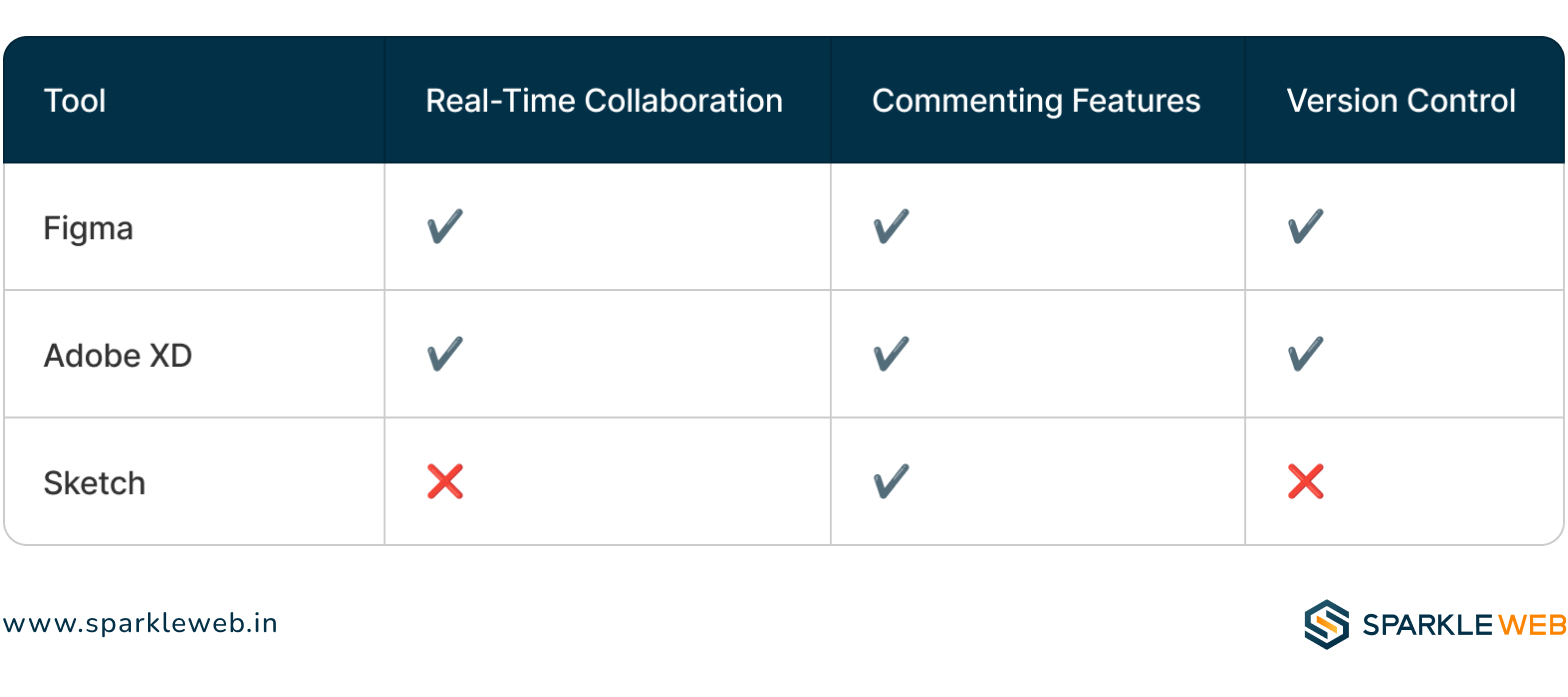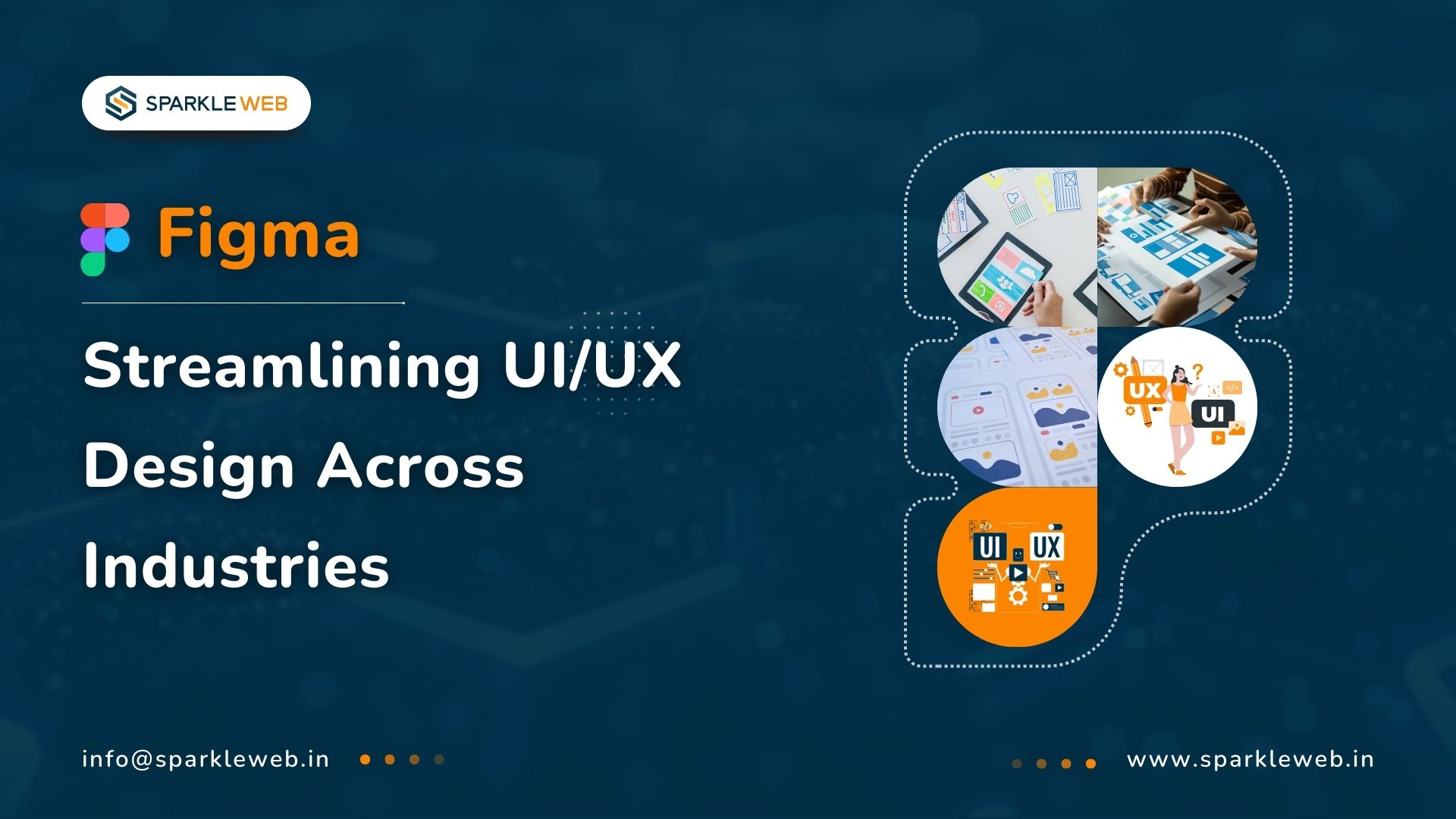In today’s fast-moving world of software development, design plays a key role in creating easy-to-use apps and websites. As industries grow and change, so do the tools that help with design and collaboration. Figma, a web-based design tool, has quickly become a favorite for UI/UX designers because of its innovative features and flexibility. In this blog, we will look at how Figma has impacted design in 2024, covering its main benefits, key statistics, comparisons with other tools, and how it’s helping design work across many industries.
What is Figma?
Figma is a powerful platform that helps teams design together in real-time. It’s mainly used to create user interfaces and prototypes. Unlike older design tools that work only on your computer, Figma works in the cloud. This means that designers, developers, and other team members can access and work on a project from anywhere. Figma has a simple interface, but it also has advanced features like reusable components, prototyping, and plugins. All of this makes it a must-have tool for modern design teams.
The Power of Collaboration
A recent survey showed that 80% of designers think working together in real-time makes them more productive. Figma lets multiple people work on the same design at the same time, which cuts down on the time spent waiting for changes and approvals. This is very important for teams that are working remotely or spread out in different locations.
Here’s a comparison of how Figma stacks up against other tools when it comes to collaboration:

Design Systems and Consistency
Research shows that companies that use design systems see a 30% improvement in consistency and design efficiency. Figma’s design system tools allow teams to create and save reusable components, which makes sure that everything in a project looks consistent and follows the brand’s style.
Prototyping and User Testing
Prototyping is important in the design process because it lets you test out ideas before finalizing them. 75% of designers say that creating early prototypes reduces the time spent making changes later. Figma allows designers to build interactive prototypes quickly, so they can test them with users and get feedback before the full development begins.
Here’s a look at how much time different tools take for prototyping:

Integration with Other Tools
Over 90% of Figma users take advantage of its ability to integrate with other tools, which makes their work smoother and more organized. Figma connects with popular project management tools like Slack, Jira, and Notion. This helps teams keep everything in one place and communicate easily.
Benefits of Integration
- Simplifies workflows
- Keeps project information organized
- Improves team collaboration
Accessibility and Inclusivity
It’s important to design in a way that everyone, including people with disabilities, can use your product. In the U.S., about 1 in 4 adults live with a disability, so designing with accessibility in mind is crucial. Figma has features that help designers create accessible user experiences and make sure they meet Web Content Accessibility Guidelines (WCAG).
Educational Resources and Community Support
Around 60% of designers say they rely on community resources to improve their skills. Figma provides lots of educational materials, like tutorials, webinars, and an active community forum, which help designers stay up to date with the latest trends and best practices.
Conclusion
Figma has made a big impact on UI/UX design in 2024. With its strong collaboration tools, design systems, and focus on accessibility, Figma helps teams create top-quality user experiences. Using Figma can lead to better efficiency, more consistent designs, and improved products across different industries.
Are you ready to transform your design process? Get in touch with Sparkle Web today! We can help you use Figma to improve your UI/UX design and take your projects to the next level.



Mohit Kokane
A highly skilled Flutter Developer. Committed to delivering efficient, high-quality solutions by simplifying complex projects with technical expertise and innovative thinking.
Reply